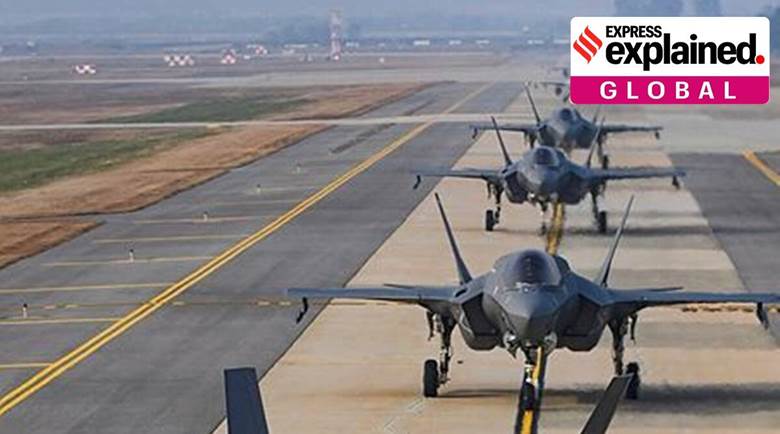Free Courses Sale ends Soon, Get It Now


Free Courses Sale ends Soon, Get It Now



Copyright infringement not intended
Context: Tensions escalated in the Korean peninsula after North Korea fired at least 20 missiles east and west of its southern neighbour, with one landing near South Korean territorial waters for the first time since the two countries were divided in 1953.
Details:
Why did North Korea launch the missiles?
Heightened tensions
Background:
https://indianexpress.com/article/explained/korea-vs-korea-what-the-missile-attacks-mean-8245701/
© 2024 iasgyan. All right reserved